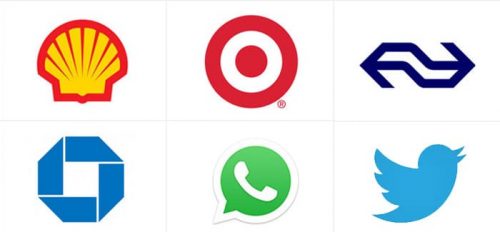The logo design process
The common misconception is that a simple logo costs less, however, that is not entirely true. One thing that some people tend to forget or overlook is that the logo design process and the steps that go into it are the same.
Every graphic designer has their own approach to logo development and design, which they establish over time and through experience. The creative industry is generally not as methodical or routine as many others, as creativity shows up in different ways for different people. While some people may have a set procedure that entails concept development and then execution, others exhibit more freedom and gain inspiration through watching series, listening to movies or even reading, thereafter, an idea may come to mind at an unexpected time.
Generally speaking, the logo design process consists of 5 key steps. These include, but are not limited to:
- Evaluate the brand
Upon interacting with the client, you should ask questions and seek information that will give you a better understanding of the brand, its unique selling point, brand identity, brand colours, values, etc. All of these can be used to guide your thinking in terms of how to best visually portray the essence of the brand, which is what a logo seeks to do. It is important to remember that a logo creates a first impression of the brand. - Research the industry
Some industries have a particular style of logos that may comply with industry standards, therefore, it is important to establish whether or not that applies for your client. Although your design should not be a duplication of industry peers, it should also not deviate too far from it. For example, if you look at the logos of American forex brokers online, you will notice that they differ significantly from those in the beauty industry, in terms of colour-choices, shapes, tones etc. - Come up with various concepts
To an extent, this can be considered the brainstorming stage. Here, you will conceptualise and jot down variations that are inspired by the first two stages. Even if you believe you are committed to a particular design, have many options to ultimately review and settle on is advised. - Create digital drafts
Creating digital drafts as vector files will help you get a better idea of what the final logo design would look like. It will allow you to experiment with colours and typography. - Refine your logo and deliver final design
The final steps include refining your chosen logo and design after getting feedback from the client and making any recommended changes.
Costing a logo
It is therefore clear to see that regardless of what the final logo design is, the same steps are applied. Therefore, it is not a universal truth that simple logos are always cheaper. However, the difference may arise in the billable hours if the client has many revisions and the logo is complex. In most cases, this leads to more hours being spent on developing the ideal logo, which is why it is widely believed that the simpler the logo, the cheaper it is.







